Have you ever heard someone say “咕噜咕噜” (gūlū gūlū) or “哗啦哗啦” (huālā huālā)?
These are examples of Chinese onomatopoeia — rhythmic sound words that often repeat syllables and paint vivid scenes through sound.
Chinese onomatopoeia appears widely in children’s books, comic dialogues, and descriptive storytelling, often imitating water, movement, or emotional moments.
It has a special charm: many sound words in Chinese are repetitive and musical, helping listeners instantly feel the rhythm or impact.
Let’s explore how Chinese expresses sound — and how it compares to other languages like Japanese.
What Are Chinese Onomatopoeia Like?
In Chinese, many sound words are reduplicated — repeating the same syllables to create rhythm and clarity.
You might see or hear:
- 咕噜咕噜 (gūlū gūlū) — bubbling or rolling (e.g., boiling water)
- 哗啦哗啦 (huālā huālā) — splashing, rustling water
- 喵喵 (miāo miāo) — meow
- 滴答滴答 (dīdā dīdā) — ticking of a clock
These words are not only about sound — they’re about movement, texture, and even emotion.
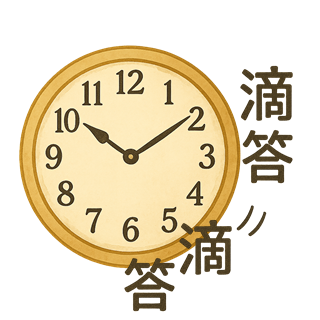
Types of Onomatopoeia (Chinese focus)
Just like in many other languages, Chinese onomatopoeia can be grouped into several types:
| Type | Description | Chinese Examples | Japanese Comparison |
|---|---|---|---|
| Sound-based | Real-world noises | 咔嚓 (kǎchā) — crack, 咚 (dōng) — thud | baki!, don |
| Motion-based | Physical movement or rhythm | 噼里啪啦 (pīlǐ pālā) — fireworks popping | pachi pachi, para para |
| Emotion-based | Feelings, mood, or internal state | 哎 (āi) — sigh, 哎呀 (āiyā) — surprise | ha…, eh!? |
| Texture-based | Softness, stickiness, vibration | 沙沙 (shāshā) — rustling leaves | sara sara, zawa zawa |
| Condition-based | Physical or environmental state | (pending / uncommon) — potentially 湿哒哒 (shī dādā)? | jime jime, dara dara |
| Visual-based | Visual effects like sparkle or flicker | 闪闪 (shǎn shǎn) — sparkling, 摇摇 (yáo yáo) — swaying | kira kira, yura yura |
Chinese uses many sound-based and motion-based onomatopoeia, often with strong repetition — similar to Japanese.
However, emotion, condition, and visual words are less frequent or less formalized compared to Japanese.
Still, many expressions in Mandarin evoke strong imagery or sensation, especially in children’s literature and comic sound effects.
How Chinese and Japanese Onomatopoeia Differ
| Aspect | Chinese | Japanese |
|---|---|---|
| Syllable structure | Often duplicated | Often duplicated |
| Written form | Often onomatopoeic characters or sounds | Katakana, Hiragana |
| Sound range | Real-world + motion | Real-world + emotion + abstract |
| Usage | Descriptive storytelling | All contexts (daily, formal, manga) |
Chinese onomatopoeia often appears in descriptive narration, especially in books for children, creating a musical and poetic tone.
Why Chinese Sound Words Are So Fun
- Repetitive patterns make them easy to recognize
- They help children learn sounds and rhythms
- Add vividness to writing without complex grammar
- Show cultural personality through unique expressions
Once you know a few, you’ll start to spot them everywhere — in Mandarin songs, comics, and even casual speech!
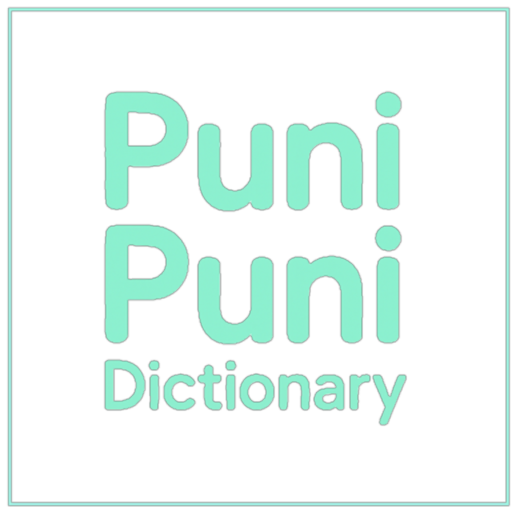
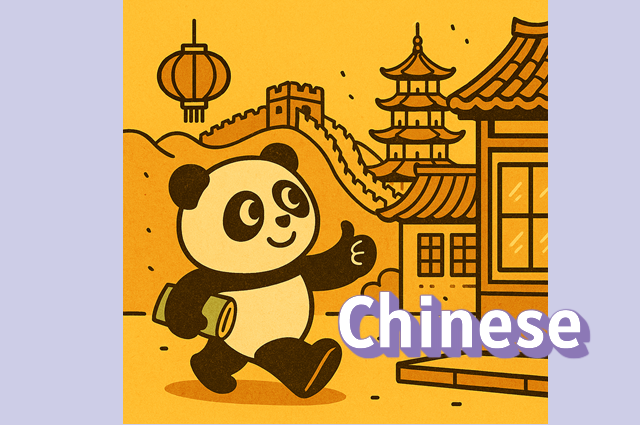
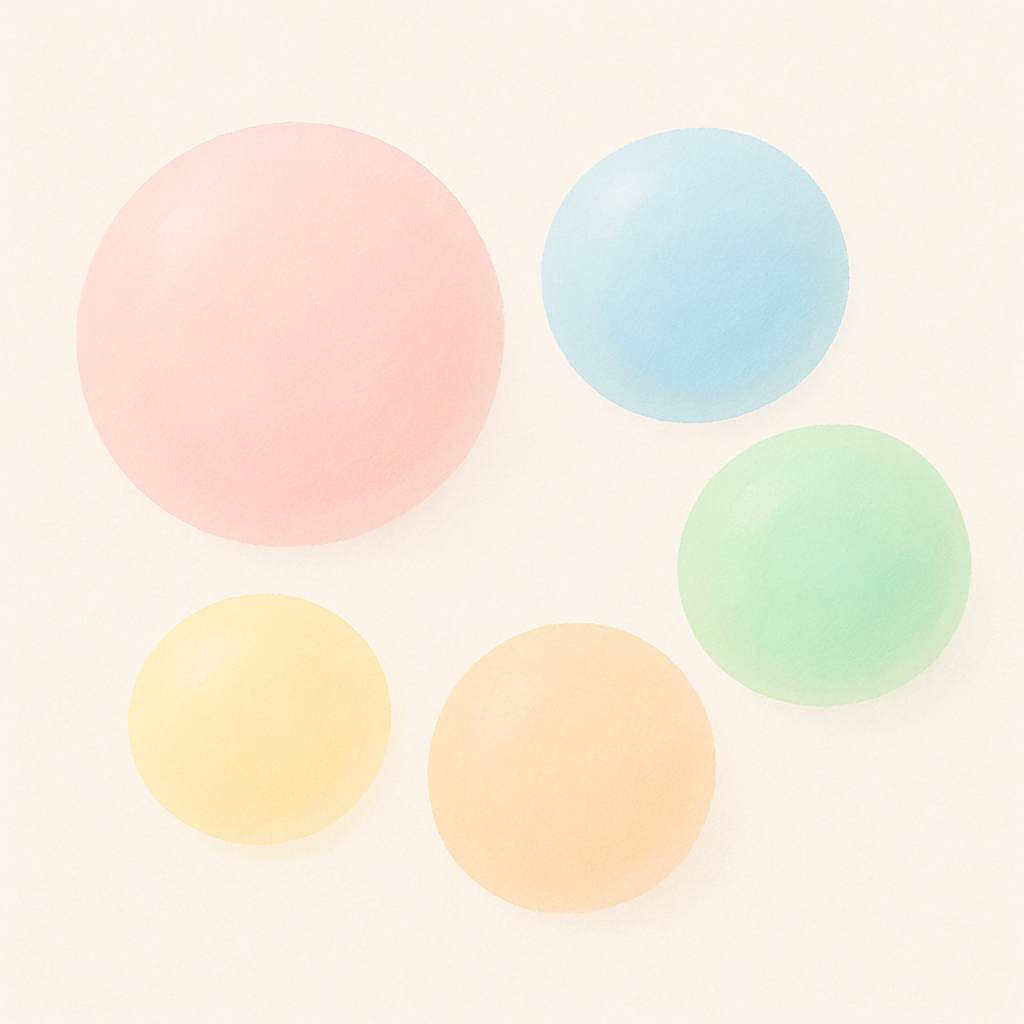
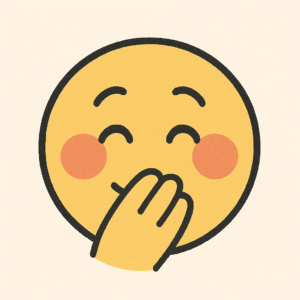
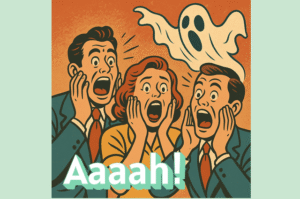
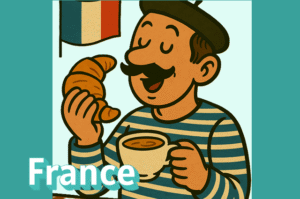
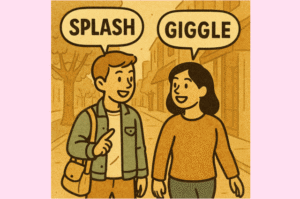
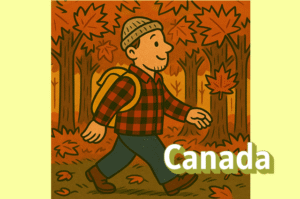
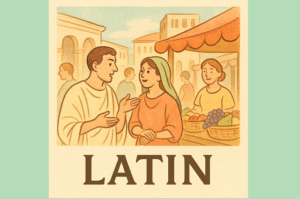
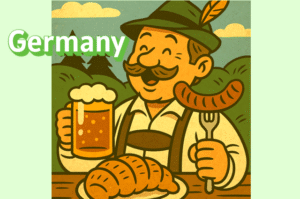
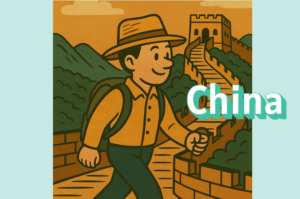
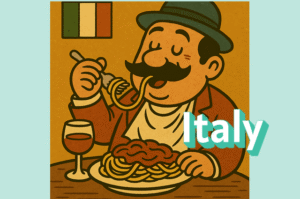
Comments